History of Cappadocia: From Prehistory to the Modern Era
Cappadocia, located in the heart of Anatolia, is a region that has witnessed countless historical and cultural events, making it one of the most unique places in the world. With its extraordinary geography featuring fairy chimneys, rugged valleys, and underground cities, as well as a history spanning thousands of years, Cappadocia is not only an impressive tourist destination but also an invaluable testimony to the evolution of humanity.
The First Human Settlements
The history of Cappadocia begins in prehistory, when early human groups were drawn to the region by its unique topography and natural resources. Archaeological sites such as Köşkhöyük (Niğde), Aşiklihöyük (Aksaray), and Civelek have provided evidence of settlements dating back to the Neolithic period, around 8,000 BC. Discoveries include stone tools, pottery, and remains of dwellings, revealing an organized way of life.
One of the most fascinating findings is the Cappadocian Tablets, written records dating back to the 19th century BC, created by Assyrian merchants who established colonies in the region. These cuneiform tablets document commercial transactions and agreements, highlighting Cappadocia’s significance as a hub on ancient trade routes.
The Hittite Era and Early Empires
During the Bronze Age, Cappadocia was part of the Hittite Empire, one of the most advanced civilizations of the time. The Hittites used the region as an important administrative and military center due to its strategic location between Mesopotamia and the Aegean Sea. Under their rule, fortifications and temples were built for both defense and religious purposes.
After the fall of the Hittite Empire around 1200 BC, the region was occupied by the Phrygians and later the Persians, who established a satrapy as part of their vast empire. While Cappadocia retained some autonomy under Persian rule, its culture and religion were influenced by the Zoroastrian beliefs of its conquerors.
The Influence of Alexander the Great and the Romans
With the arrival of Alexander the Great in the 4th century BC, Cappadocia was incorporated into his vast empire. However, after Alexander’s death, the region regained its independence under the Ariarathid dynasty, which ruled for several centuries. This dynasty forged alliances with the Roman Empire, allowing Cappadocia to maintain its prosperity and stability.
In 17 AD, Cappadocia was formally annexed as a province of the Roman Empire, becoming an important military and commercial outpost. During this period, the region saw notable urban and cultural development, including the construction of roads, fortresses, and planned cities.
The Rise of Christianity and the Byzantine Empire
With the adoption of Christianity as the official religion of the Roman Empire in the 4th century, Cappadocia became a significant religious center. The region was home to influential Christian figures such as Saint Basil the Great, who established monastic communities in the area. During this time, numerous rock-carved churches and chapels were created, adorned with frescoes that can still be admired today.
Under the rule of the Byzantine Empire, Cappadocia remained a stronghold of Christianity. However, it also faced Arab invasions and internal conflicts, leading to the construction of underground cities such as Derinkuyu and Kaymakli, which were used as shelters during attacks.
The Seljuks and the Ottoman Period
In the 11th century, the Seljuks took control of Cappadocia, marking the beginning of Turkish influence in the region. During this period, significant structures like caravanserais were built, serving as stops for traders traveling along the Silk Road.
Following the decline of the Seljuks, the region was eventually incorporated into the Ottoman Empire in the 15th century. During the Ottoman period, Cappadocia retained its importance as an agricultural and cultural center, though it lost its status as a major commercial hub.
Cappadocia in the Modern Era
After the establishment of the Republic of Turkey in 1923, Cappadocia experienced a renaissance as a tourist destination. Thanks to its unique landscapes and historical heritage, the region has attracted millions of visitors from around the world. Today, Cappadocia is known for activities such as hot air balloon rides, visits to rock-hewn churches, and explorations of underground cities.
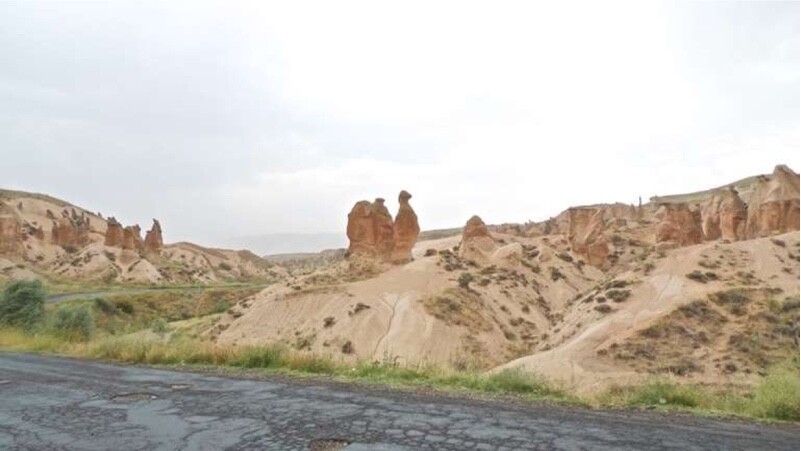
Must-See Places and Activities
- Göreme Open-Air Museum: A UNESCO World Heritage Site housing some of Cappadocia’s most impressive rock-hewn churches.
- Ihlara Valley: A 14-km canyon featuring hiking trails, rock churches, and a winding river.
- Hot air balloon rides: A unique experience offering panoramic views of Cappadocia’s surreal landscapes.
- Underground cities: Explore Derinkuyu and Kaymakli, architectural marvels that provide a glimpse into ancient life.
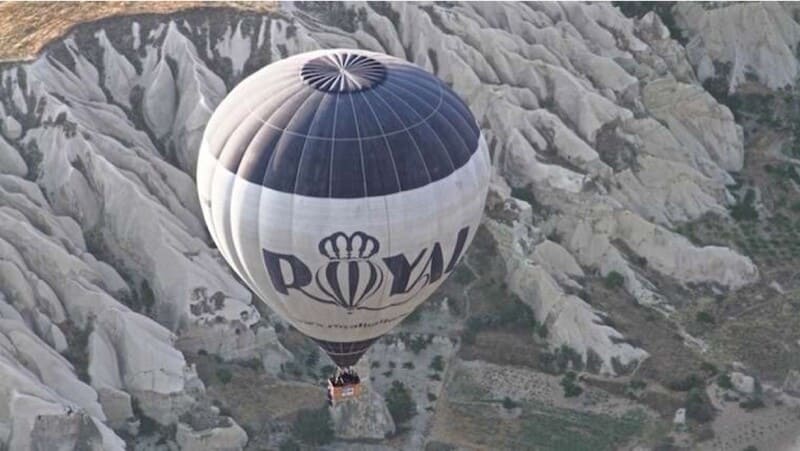
Conclusion
The history of Cappadocia is a fascinating journey through thousands of years of civilization. From its earliest settlements to its role on ancient trade routes and its evolution as a premier tourist destination, this region is a living testament to human resilience and creativity. Today, Cappadocia remains a magical place that combines natural beauty, historical legacy, and unforgettable experiences, making it a must-visit destination for travelers from around the world.

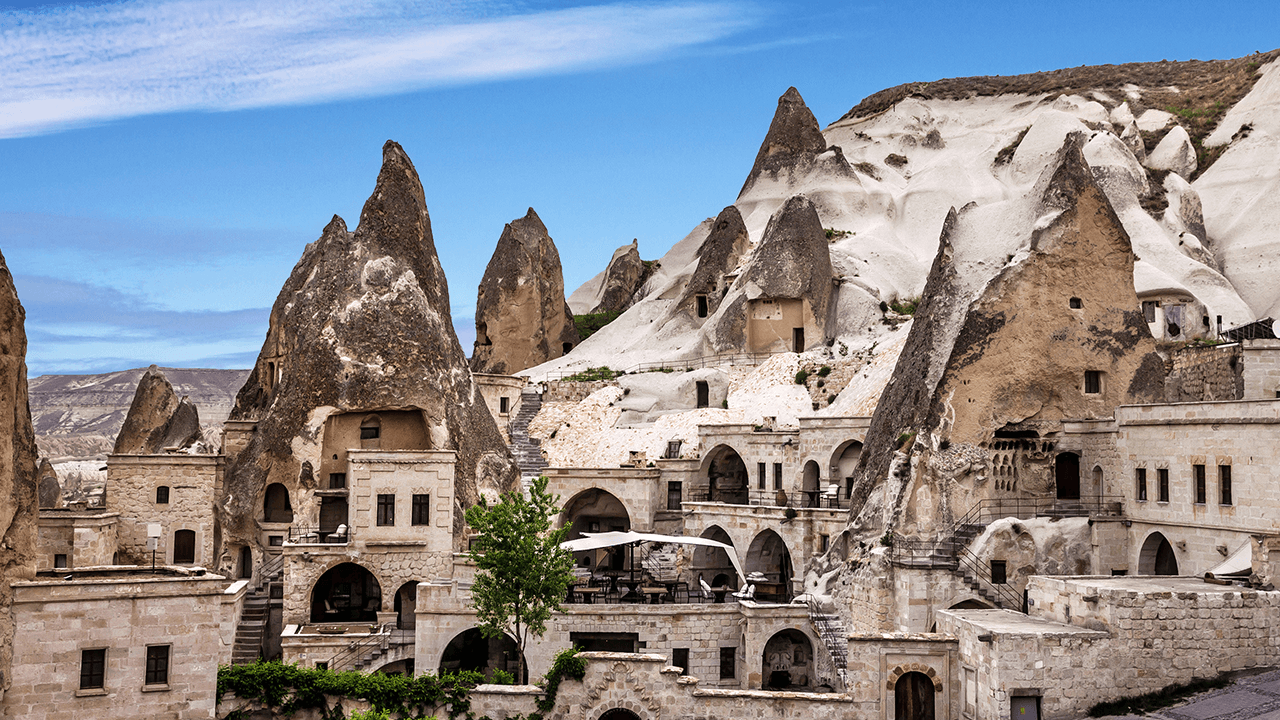



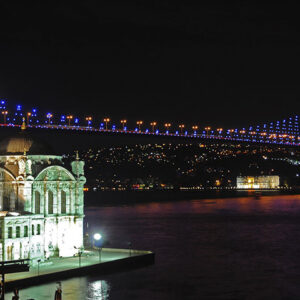

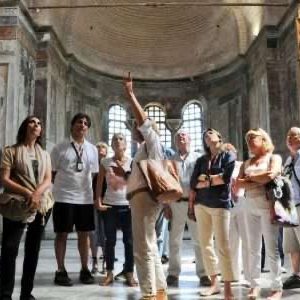



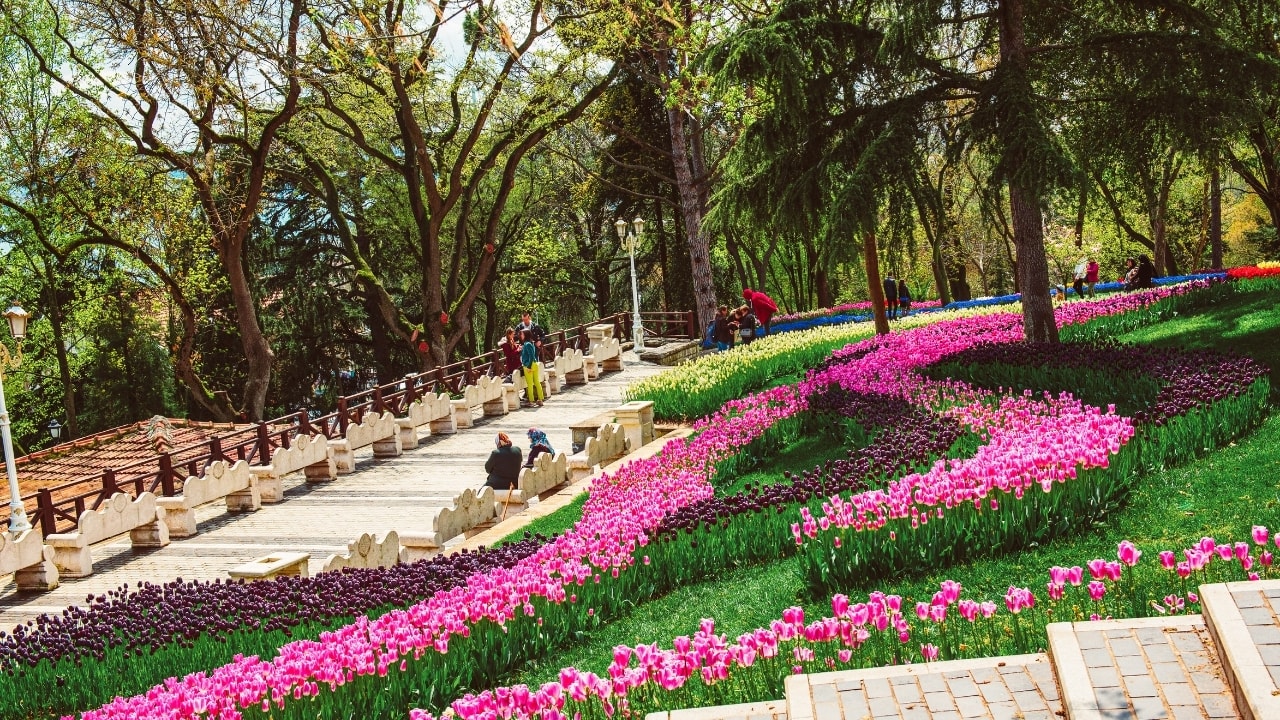


3 thoughts on “History of Cappadocia”
★★★★★
Discovering ‘History of Cappadocia’ was one of the highlights of my trip. Don’t miss out on this gem!
★★★★★
Learning about and visiting ‘History of Cappadocia’ was both fun and educational. Everyone should experience this!
★★★★★
The charm of ‘History of Cappadocia’ captivated me entirely. It’s a destination that leaves no one indifferent.